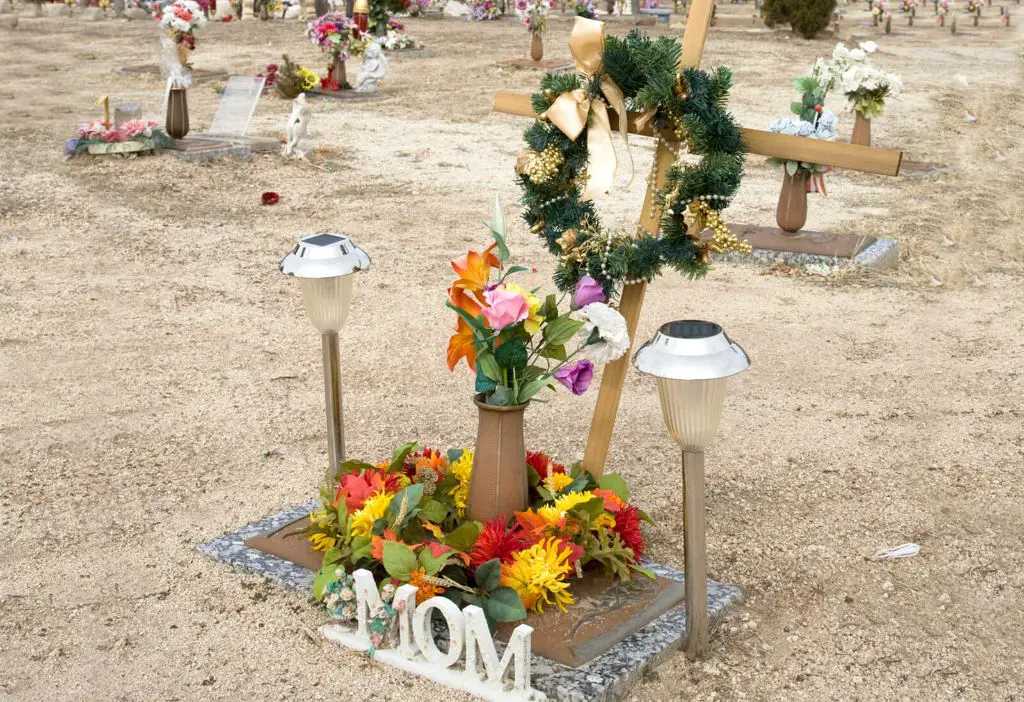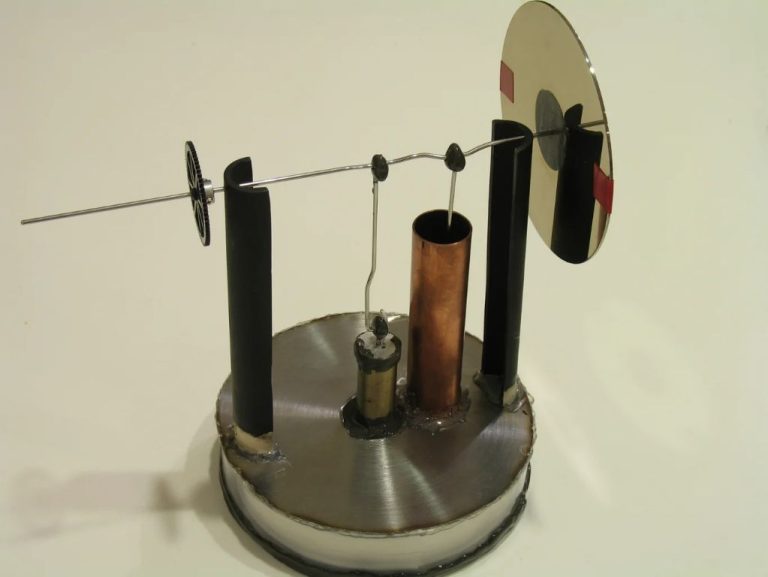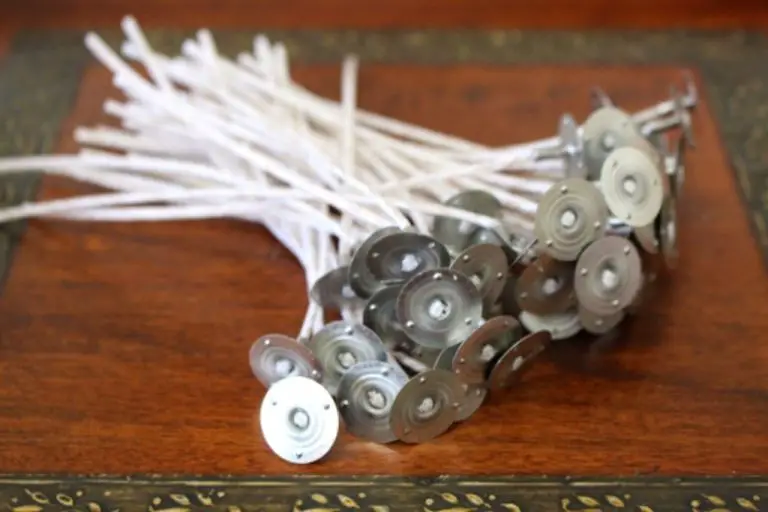Are You Allowed To Put Solar Lights At A Gravesite?
Remembering Our Loved Ones
Going to visit the gravesite of a departed loved one can be an emotional experience. The grave represents the final resting place of someone dear, and acts as a place to reflect on memories, grieve, and pay respects. For many, decorating the grave with flowers, photos, mementos or lighting is an important way to honor the deceased.
Placing solar lights at a grave offers a symbolic and practical way to remember someone special. The soft glow of the solar lights can create a peaceful ambiance for quiet reflection. The lights serve as a gentle beacon welcoming visitors to the grave even at night or in bad weather. Solar lights also provide visibility and can help light the way along cemetery paths to visit a loved one’s resting place.
Background on Gravesite Lighting
The tradition of lighting graves and memorial sites dates back centuries. In ancient times, candles and oil lamps were used to light up graves at night as a symbolic gesture to honor the dead. This practice is found across many cultures and religions around the world.
In Christianity, lighting candles at gravesites has been a tradition since the Middle Ages. The candle’s flame signifies the enduring memory and spirit of the deceased. It also expresses hope and serves as a prayer for the departed soul. In Catholicism, the Vigil Light or Sanctuary Light burns perpetually near the tabernacle to signify the presence of the Eucharist. Lighting candles and lanterns at graves during All Souls Day is also a Catholic tradition.
In Judaism, memorial candles called Yahrzeit candles are lit annually on the anniversary of a loved one’s death. The candle burns for 24 hours to honor the memory of the deceased. Lighting a memorial candle is customary during unveiling ceremonies and when visiting graves on special occasions.
In Asia, lighting incense sticks, candles and paper lanterns at burial grounds is a customary ritual influenced by Chinese and Buddhist traditions. The lights are seen as guidance for departed spirits and a symbol of remembrance.
Purpose of Solar Lights at Graves
Solar lights serve an important purpose at grave sites. Primarily, they are used as a way to honor deceased loved ones. The soft glow of solar lights creates a peaceful ambiance at the gravesite, marking it as a special place to remember someone who has passed away. Solar lights also make it easier for family and friends to find the grave when visiting, especially in the evening or at night.
Being able to locate a grave at night can be challenging without a light source. Cemeteries can be dark, and grave markers difficult to read in dim lighting. Solar lights illuminate the marker and make it visible after dusk. This allows people to find and visit the gravesite during evening hours.
Solar lights are a simple yet meaningful way to pay tribute to someone who has died. The light serves as an ongoing symbol of remembrance, love, and the special connection we maintain with those we’ve lost.
Types of Solar Lights for Graves
There are a few common types of solar lights that can be used at gravesites:
Small LED Stakes
These are small lights, usually about 6 inches high or less, that have an LED light on top of a plastic or metal stake. They are designed to be partially inserted into the ground at the grave. The solar panel at the top charges the battery during daylight hours, and the light turns on automatically at night. These stakes create a soft glow around the perimeter of the grave.
Larger Memorial Lights
For a more visible marker, larger solar-powered memorial lights can be installed. These are typically 1-3 feet tall, with a memorial plaque on one side and a solar panel on the top. An LED light shines from the plaque side. These provide brighter illumination directly on the grave headstone or marker.
Guidelines and Regulations
When deciding whether to put solar lights at a grave, it’s important to check first with the cemetery or local regulations. Here are some key things to consider:
Cemetery Rules
Most cemeteries have guidelines about whether solar lights are allowed, and if so, the type and quantity permitted. Some cemeteries prohibit solar lights or limit them to flush-mounted ground lights. Others only allow solar lights during certain seasons or holidays. Check with the cemetery office to learn about any restrictions before purchasing or installing lights.
Local Laws
Some cities and towns have ordinances restricting solar lights in cemeteries. Make sure to check municipal codes in case any limitations exist. For example, some areas prohibit above-ground lights or lighting that creates glare for drivers. If unsure, check with your local government before placing any solar lighting.
By understanding the guidelines and regulations set by cemeteries and local authorities, you can determine if solar lights are an option for honoring your loved one’s memory while also following the rules.
Installation Tips

When installing solar lights at a grave, there are a few key tips to keep in mind for optimal placement and setup:
Location: Determine the best location to place the solar lights. They should ideally be positioned where they can get several hours of direct sunlight per day to charge the batteries. Placing them in shady areas will reduce their brightness. Consider placing lights at the headstone, corners of the grave plot, or along walkways.
Angle: Angle the solar panels on the lights facing south if possible. This allows them to capture the most sunlight throughout the day. Tilting the panels slightly will increase sun exposure.
Anchoring: Securely anchor each solar light into the ground according to the manufacturer’s instructions. Often metal stakes are used to firmly plant lights into the soil. Make sure they are stable and will not tip over. For graves with vases, consider attaching lights to the vase rim.
Properly installing solar grave lights will ensure they work reliably, withstand weather elements, and provide decoration as intended without disrupting the grave space.
Maintenance
Keeping solar lights on graves operating properly requires minimal but regular maintenance. The key tasks include cleaning the solar panels and replacing the lights as needed.
Solar panels should be wiped down periodically to remove any dirt, pollen or other debris that can prevent them from absorbing sunlight efficiently. Use a microfiber cloth and gently wipe down the panels. Avoid using any chemical cleaners or abrasive materials that could scratch the panels.
Check the lights routinely to ensure they are illuminating properly at night. LED or solar-powered lights will eventually need to be replaced once their lifespan ends. The timing varies by product but is usually 1-2 years. Replace individual lights that burn out or the entire solar light fixture as needed. Using quality solar lights meant for outdoor use can extend their usable life.
By keeping the solar panels clean and swapping lights out when they burn out, you can keep gravesite solar lighting operating optimally for longer.
Ethical Considerations
When deciding whether to install solar lights at a grave, it’s important to carefully consider any ethical implications. The use of lighting should ultimately be respectful to the deceased, their family and friends, and other visitors to the cemetery.
In particular, think about the aesthetics and ambiance created. Some may view solar lights as disruptive to the solemnity of a burial ground. Gravesite decorations in general can potentially detract from the natural beauty and serenity people seek in cemeteries. Take care not to create clutter or extremes in lighting.
It’s advisable to check if the cemetery has any rules about allowable decorations or lighting. If not, use your best judgement to install lights in a tasteful and unobtrusive way. The size, color, and brightness of the lights should fit the setting. Groupings of small, warm-toned lights often work best.
Additionally, be considerate about when the lights operate. Having them on throughout the night could disturb others or even appear disrespectful. Lights that only operate for a few hours at dusk help mark the location while preserving the peaceful darkness of the cemetery.
With care and consideration, small solar lights can discreetly illuminate a grave marker in a thoughtful, respectful manner.
Cultural Perspectives
The use of solar lights at gravesites intersects with cultural traditions around honoring the dead. Here are some cultural perspectives on grave lighting:
In many Asian cultures, including Chinese, Japanese, Korean, and Vietnamese traditions, grave sites are elaborately decorated and cared for. Lighting elements like candles, lanterns, and incense are commonly used to pay respect to deceased ancestors. Solar lights would align with these cultural practices.
In Judaism, a “Yahrzeit” candle is traditionally lit on the anniversary of a loved one’s death. A solar-powered eternal flame would enable lighting a symbolic candle for a lost loved one indefinitely.
People of Mexican heritage often decorate graves elaborately for the Day of the Dead with flowers, lights, and candles. Solar lights would enable lighting up graves while avoiding the fire risk of open flames.
Those of Catholic faith often use votive candles at grave sites. Solar lights shaped like candles provide a convenient alternative to traditional votives.
Wiccans and Pagans sometimes leave solar lights at grave sites as symbolic offerings, aligning with rituals to honor deceased ancestors and community members.
No matter one’s cultural background, solar lights can provide a convenient and safe way to light up grave sites in keeping with traditions to remember and honor loved ones after death.
Conclusion
In closing, solar lights can be an appropriate and thoughtful way to remember loved ones at their gravesite. The key is finding lights designed for outdoor and cemetery use, understanding any regulations, and installing and maintaining them properly. While opinions differ on whether cemetery lighting should be allowed, those who wish to do so can take steps to be respectful of others. Ultimately, honoring the deceased is a deeply personal decision. Visiting a grave illuminated by a small solar light can provide comfort and connection for many. With care and consideration for cemeteries and other families, solar lights allow us to remember those we’ve lost in our own way.



